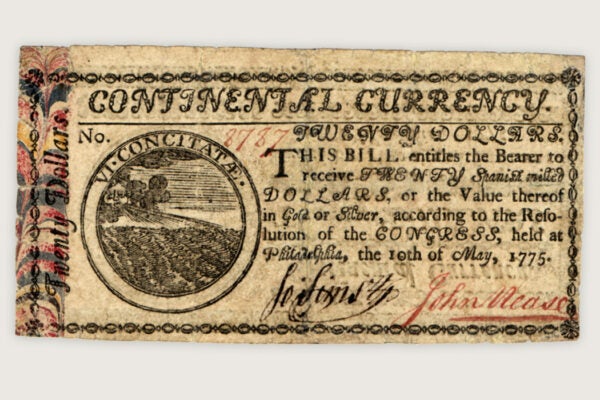Water is, obviously, important. Endless studies intersecting its influences—historical (how water impacted civilizations); geopolitical (how water strengthened some states); prerogative (what it means to “deserve” quality water); and economic (looking at water as a commodity)—have demonstrated the diversity of knowledge to be gained from focusing an analytical lens on aqua pura.
The virtual water trade (VWT)—the trade of commodities or services that require the use of water to produce—operates as part of an import/export model of wealth movement. As analyzed by Samir Suweis, Andrea Rinaldo, Amos Maritan, and Paolo D’Odorico, the VWT is paramount in a number of industries, “though food production is the major form of freshwater consumption by human societies.” The scholars here investigate “the dependence of demographic growth on available water resources for importing and exporting nations,” noting that “there is a growing concern that water limitations will soon impede humanity to meet its food requirements.” After mapping current trends in demographic growth and historical export patterns, Suweis et al. outline a series of “model-based predictions of how the population is expected to change as water-rich countries start reducing their exports” in the face shrinking water availability.
In practice, the VWT reveals significant disparities between states and their varying degrees of resources. Suweis’s team suggests that water-rich regions, which are primarily in North and South America, Australia, and the former Soviet Union, may not dependably host lucrative water export activities in the future if their population growth puts their internal resources in peril. While many states are involved in the VWT market—Europe, Mexico, and the western part of South America depend on virtual water—regions in Africa and Asia face significant water stress now and and will do so in the future.
Suweis’s team reveals that the VWT is an unsustainable economic model that will be unable to meet the future demands of the global market. “Despite the presence of a number of other environmental, cultural, and health-related factors not included in this study,” they argue that their analysis shows that “the VW trade is only a temporary solution to a local-to-regional unbalance between populations and food production.”
Rising demand places stress on every point of the global supply chain of water-based commodities and services. Growing constraints, like climate change and increasing poverty, are adding pressure to the economic, political, and natural landscapes. Production and consumption levels remain unpredictable, and continuously fluctuating demands are reflected in commodity values.
Weekly Newsletter
While the movement of the VWT has always maintained a slant in favor of wealthier states, existing inequalities will only worsen, and states with high demands in commodities will only further disrupt the trade. The imbalance that Suweis’s team finds may only be mitigated “if a cooperative regime among water-rich and VW-dependent nations continues to exist even once the excess of VW in the exporting countries is strongly reduced by their demographic growth.”
In other words, if population growth in a water-rich nation catches up to its available resources, survival depends on extending already extant cooperative relationships. Such relationships will have to develop quickly, however, if they are to meet the rising concerns of those working in the VWT—a largely overlooked topic in both academic scholarship and the popular press. As a bit of foreshadowing, media reports on the issue of clean, good-quality drinking water are already divided—with different interests varying their stances on what constitutes clean water, drinking water, or even quality water. While water might be undeniably important, it’s also undeniably divisive. Solutions remain up in the air.
Support JSTOR Daily! Join our new membership program on Patreon today.







